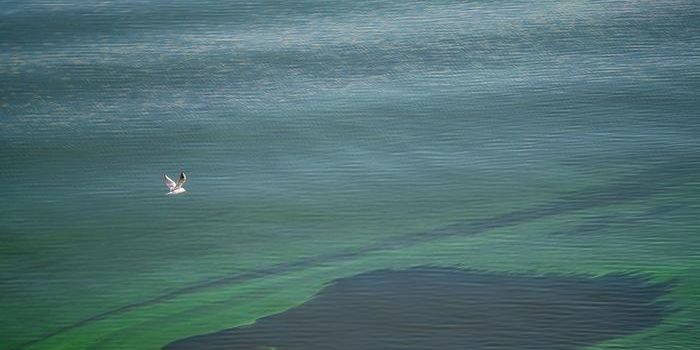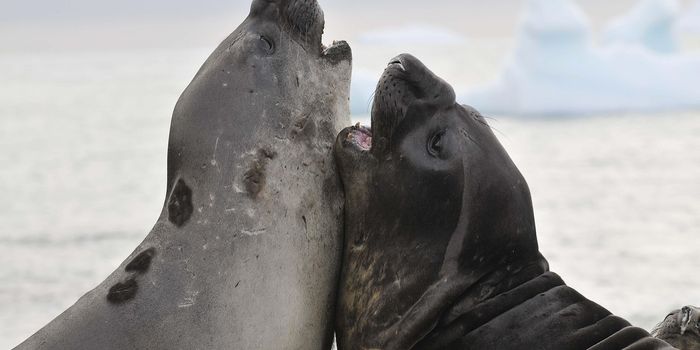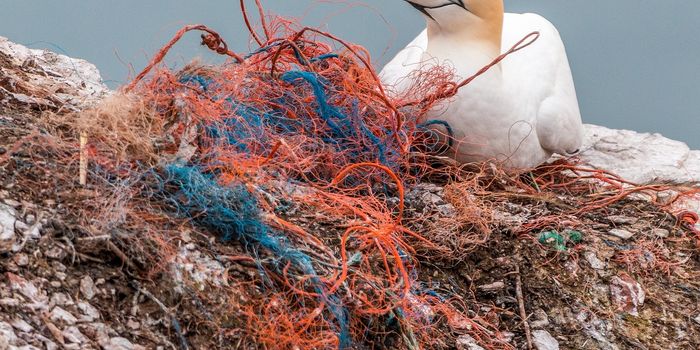The Hidden Role of Animals in Shaping Earth's Surface
Do animals play a larger role in shaping the Earth’s surface than geological processes like flooding, wind, fire, and landslides? This is what a recent study published in Proceedings of the National Academy of Sciences hopes to address as an international team of researchers conducted a first-time quantitative analysis regarding the influence of animals on shaping the Earth’s surface. This study has the potential to help researchers, conservationists, and the public better understand the role that animals play in contributing to our planet in more ways than one.
The study notes, “The collective influence of animals on the processes shaping the Earth’s surface remains largely unknown, with most studies limited to individual species and well-known exemplars.”
For the study, the researchers conducted a systematic review of more than 600 animal taxa, including 495 wild animals and 5 livestock, but with animals residing in the tropics and subtropics largely unaccounted for, unfortunately. The goal was to ascertain the amount of annual biomass and energy these animals contribute to the Earth’s landscape compared to natural surface processes. In the end, the researchers found that the animals surveyed in this study contributed to a conservative estimated annual energy output of approximately 76,000 gigajoules, or the equivalent energy of hundreds of thousands of extreme floods annually.
"This research shows that the role of animals in shaping Earth’s landscapes is much more significant than previously recognized,” said Dr. Gemma Harvey, who is a professor of physical geography at Queen Mary University and lead author of the study. “From beavers creating wetlands to ants building mounds of soil, these diverse natural processes are crucial, yet we risk losing them as biodiversity declines."
Going forward, this study could lay essential groundwork for establishing better conservation protocols for animals worldwide, with a specific focus on beavers, as they could potentially result in mitigating the risks associated with flooding and erosion.
What new discoveries about how animals shape the Earth’s surface will researchers make in the coming years and decades? Only time will tell, and this is why we science!
As always, keep doing science & keep looking up!
Sources: Proceedings of the National Academy of Sciences, EurekAlert!
Featured Image: Mounds in Hertfordshire, United Kingdom, created by yellow meadow ants. (Credit: Gemma Harvey, Queen Mary University of London)








